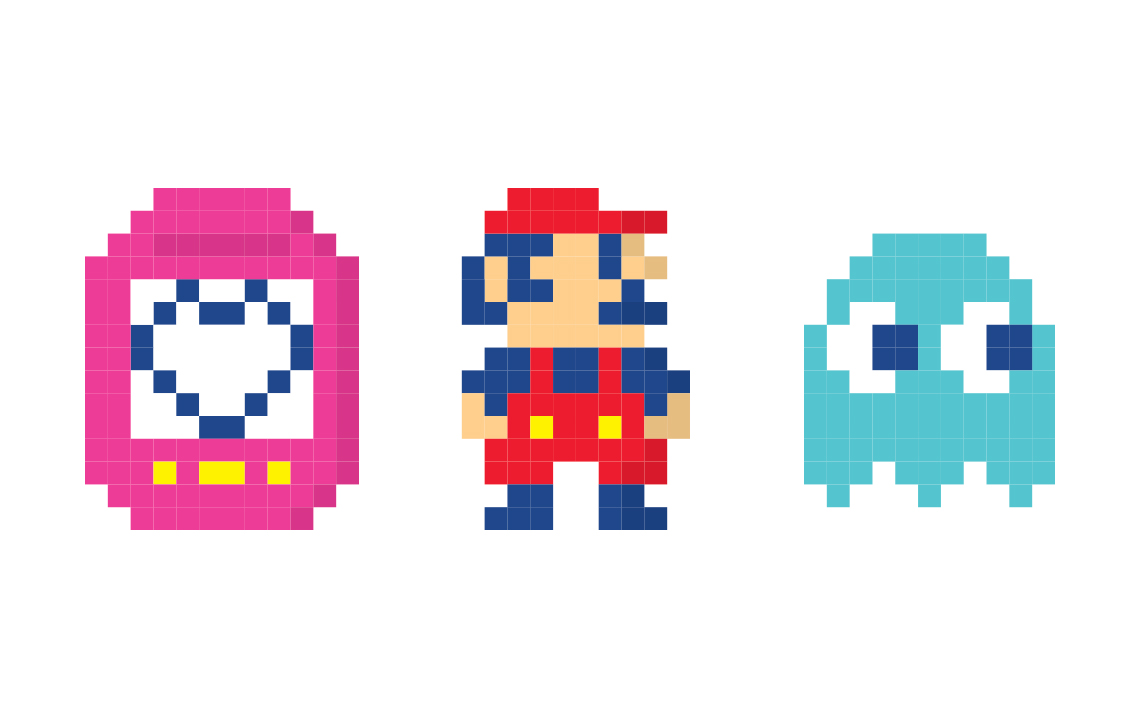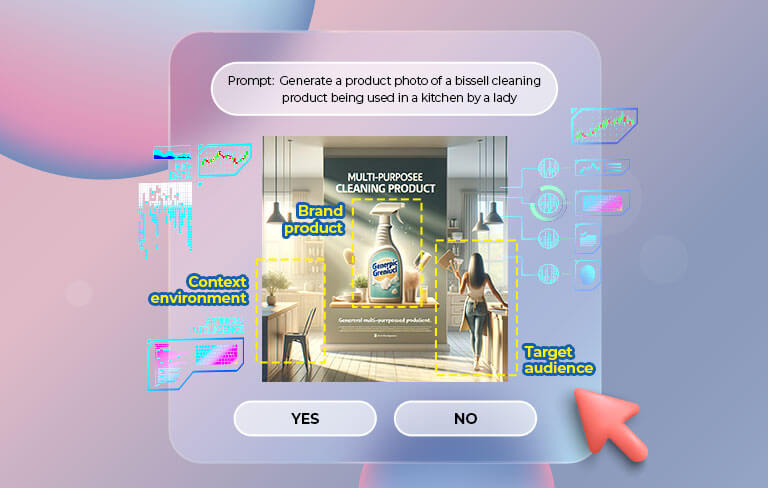Who are Xennials?
Did you know that there’s a target audience called the ‘Xennials’? They are the microgeneration born during the end years of Gen X and Millennials i.e. between 1977 and 1983. You might be wondering, why is there a need to categorise them into a special group? Why don’t we just call them millennials?
We think that in advertising’s rush to woo millennial consumers, their older counterparts often feel forgotten or alienated. Due to their analogue childhood and digital adulthood, they view the world differently from millennials who grew up with digital devices and Gen X-ers who grew up in an analogue world.
Xennials don’t want to be categorised with the millennials. They’ve spent the last decade on the roller coaster started by the financial crisis. They are both cynical like Gen X and optimistic like Gen Z. This group of people are what some people term, “mature millennials” who don’t fully buy the avocado eating, texting in emojis or using internet slangs in real life. In short, the Xennials are redefining adulthood. This in-between generation aged 30 to 45 is combining a grown-up sensibility with core millennial priorities of health, experience, lifestyle and fun. Some of the key difference between younger millennials and Xennials include:
| Difference | Similarity |
|---|---|
| Consumption of different media | Tech savvy |
| Significantly higher earning power | Wants transparency and authenticity |
| More willing to consume marketing messages on Facebook instead of Snapchat / Instagram | Trusts opinions instead of brand messages |
| More open to email marketing | Interested in health & wellness |
The generation that started today’s hipster culture still seeks brands that are edgy and relevant but, today, they increasingly want a more refined and “adult” experience. Brands connecting with New Adults include:
Gucci.
Gucci managed to capture the attention of the Xennials through its well thought internet strategies and integrating digital connection and in-store experience to present a true omnichannel customer experience. As a result, the customer relationship with Gucci is holistic. An integrated marketing strategy works extremely well for Xennials as they are a generation that have a love-hate relationship with social media.
Netflix.
Netflix’s phenomenally successful Stranger Things series captured the hearts of ’80s kids craving nostalgic, which is one of the key traits of this generation. Being reminded of the days of their childhood can automatically give people a warm sense of familiarity and make them feel understood. You can effectively target Xennials in marketing campaigns if you could incorporate nostalgic reminders.
Grain.
Like younger millennials, Xennials are also interested in health and wellness and are quick to get behind trends. However, unlike millennials, they have a higher disposable income, which allows them to splurge on luxury items in their diet and pay for fitness membership. Grain’s concept is simple, Xennials don’t mind making online purchases, but they do not want to spend a lot of time browsing. So, keep your website and products simple and great in order to win Xennial customers.
Since Xennials often have characteristics that reflect both generations, marketers should customise their campaigns on the distinctive mix of analogue and digital upbringing that makes this generation different than millennials. While many brands know to ‘integrate’ their campaigns by using online and offline media, Mashwire strongly believes in customising the content and visuals according to the type of media vehicle. When it comes to targeting Xennials, brands who are successful in using all kinds of paid media often use different strategies and even content in different situations instead of using a one-size-fits-all content for all types of media buys. Travel, food, drink, beauty and tech brands need to come to grips with this group’s expectations, as its net worth is set to more than double over the next 10 years.





